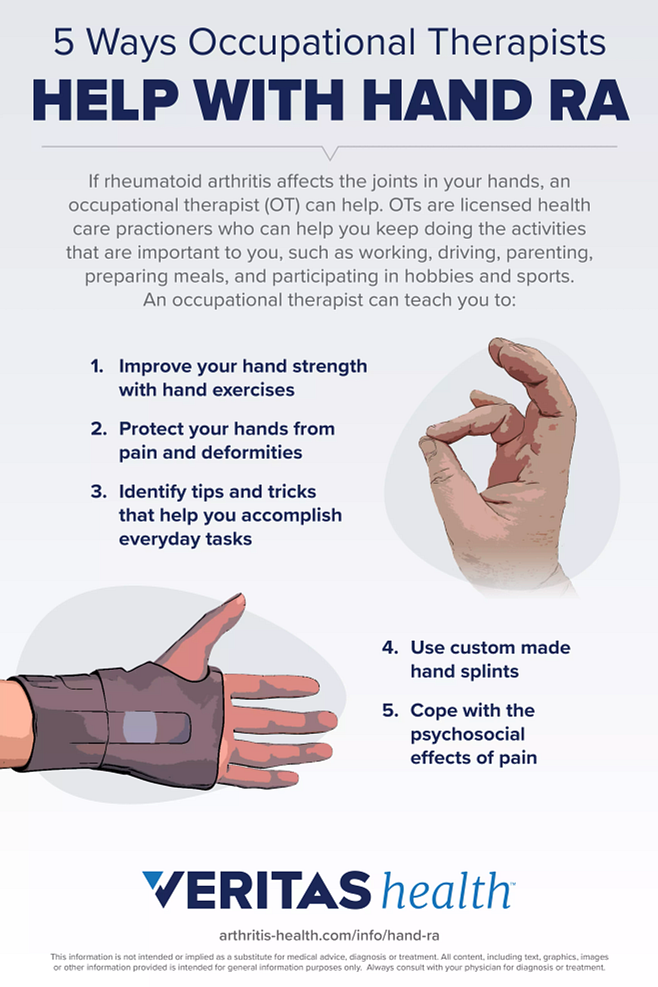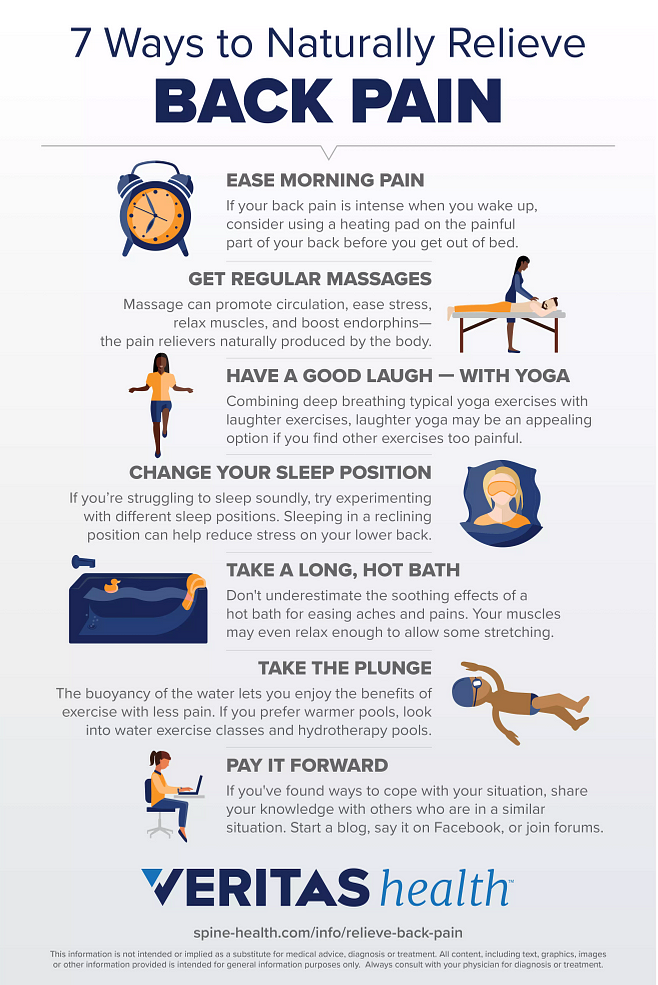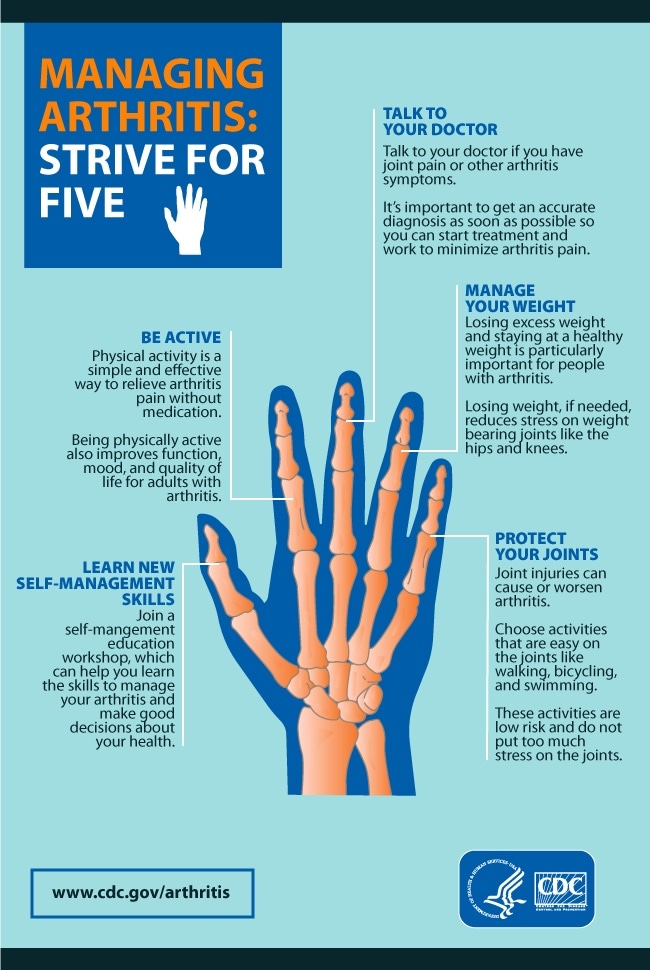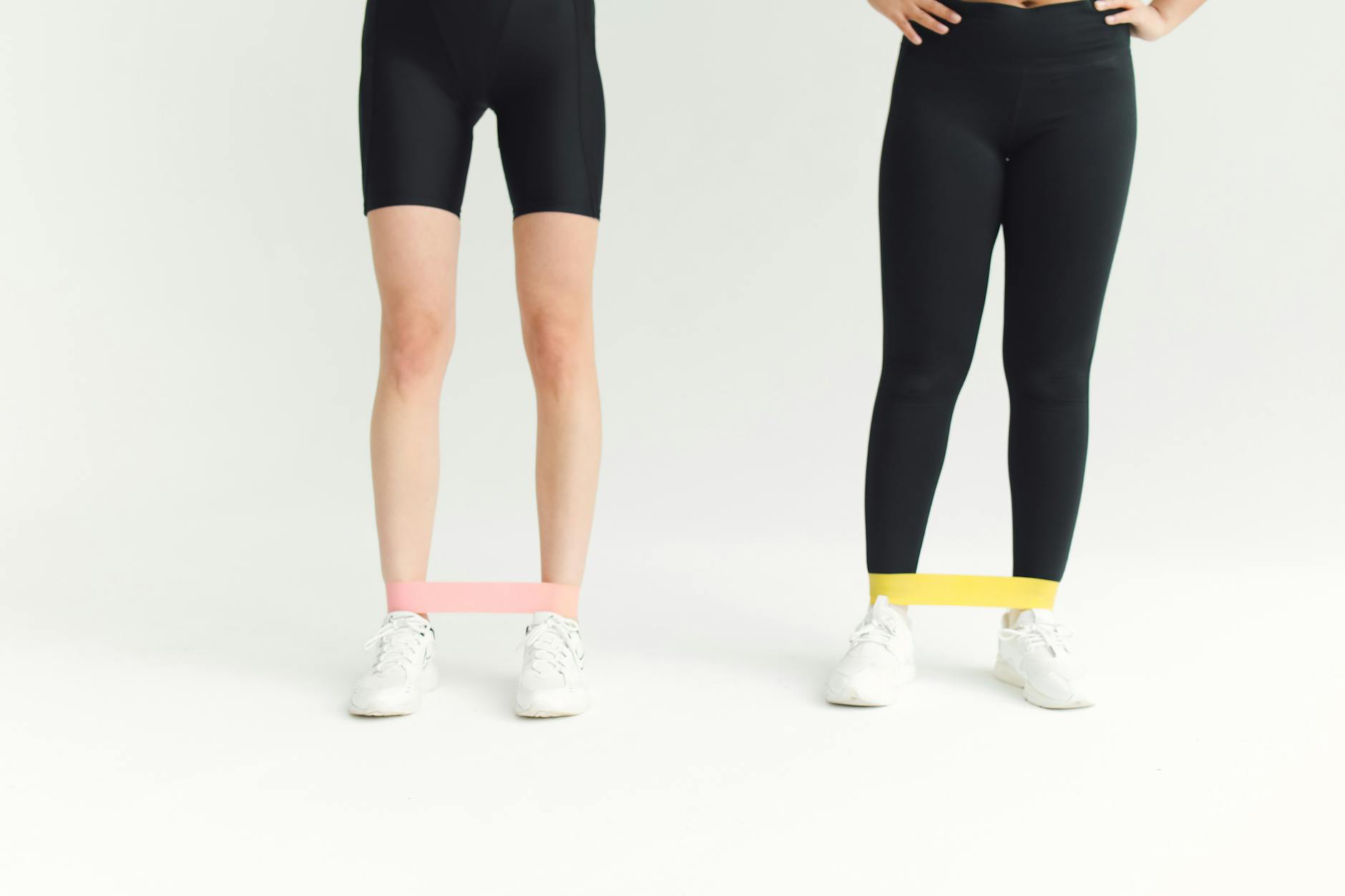Discover the secret to reducing RA pain with these exercise tips that will revolutionize your daily routine and improve mobility.
Table of Contents
Introduction: The ABCs of RA and Managing Pain Through Exercise
Rheumatoid arthritis (RA) is a condition that can cause joint pain, stiffness, and discomfort. But did you know that exercise can actually help ease these symptoms? It’s true! By staying active, kids with RA can manage their pain better and enjoy a more pain-free life.
For children with RA, it’s important to understand that moving their bodies in the right way can make a big difference in how they feel. Even though having RA might make joints hurt, exercise can help improve flexibility, build strength, and reduce inflammation.
So, let’s dive into the ABCs of rheumatoid arthritis and how managing pain through exercise can be a game-changer for kids dealing with this condition.
Understanding Rheumatoid Arthritis
When it comes to rheumatoid arthritis, also known as RA, it’s important to understand what it is and why it causes joint pain. RA is not just regular aches and pains; it’s a special kind of arthritis that can make joints hurt a lot. Even kids can get RA, which can make moving and playing more challenging.
What is Rheumatoid Arthritis?
Rheumatoid arthritis is different from the soreness you might feel after a long day of playing. It’s an autoimmune disease, which means that the body’s defense system gets confused and starts to attack its own body by mistake. This can lead to swelling, pain, and stiffness in the joints, making it hard for kids to move and bend like they normally would.
Why Do Joints Hurt?
When someone has RA, the joints can become inflamed. Think of inflammation like a small fire inside the joint that makes it swollen and painful. This can make kids feel stiff, sore, and not want to move their joints as much. Understanding why joints hurt can help kids know why it’s important to take care of their bodies and find ways to feel better.
Preparation for Exercise
Before starting any exercise routine, it’s important to prepare your body, especially if you have rheumatoid arthritis. This will help prevent any additional joint pain and make your workout more effective. Here are some key steps to take before getting active:

Image courtesy of www.arthritis-health.com via Google Images
Warming Up Your Joints
One of the most crucial steps before exercising with RA is to warm up your joints properly. This helps increase blood flow and flexibility in the muscles, making them less prone to injury. You can do gentle stretches, rotating each joint slowly, or even taking a short walk to get your body moving. This will prepare your joints for the upcoming activity and reduce the chances of experiencing pain.
Choosing the Right Exercise
Not all exercises are suitable for individuals with rheumatoid arthritis, so it’s essential to pick ones that are gentle on the joints. Activities like swimming, biking, or yoga can be great choices as they put less stress on your joints compared to high-impact exercises like jumping or running. By selecting the right kind of exercise, you can stay active without worsening your joint pain.
Exercise Tips that Are Easy on Joints
When it comes to managing joint pain, it’s important to stay active without causing more discomfort. Here are some exercise tips specially designed to keep kids with rheumatoid arthritis (RA) moving comfortably:
Low-Impact Activities
Engaging in low-impact activities like swimming or walking can be very gentle on your joints. These exercises help to keep you active without putting excessive strain on your body, making them perfect for relieving joint pain associated with RA.
Strength-Building Exercises
Building strength in your muscles is crucial for supporting your joints effectively. Simple exercises such as doing push-ups against a wall or lifting light objects can help make your muscles stronger and more stable, which in turn can alleviate joint pain.
Stretching Exercises
Stretching exercises can play a vital role in keeping your body limber and flexible. Performing gentle stretches can help improve your range of motion and reduce stiffness in your joints, providing relief from arthritis discomfort.
| Exercise | Description | Benefits |
|---|---|---|
| Walking | Low-impact activity that can improve joint flexibility and reduce stiffness | Increased circulation, weight loss, improved mood |
| Swimming | Reduces pressure on joints while providing a full-body workout | Increased muscle strength, improved cardiovascular health |
| Yoga | Focuses on gentle stretching and breathing exercises to increase flexibility and reduce stress | Improved balance, reduced inflammation, stress relief |
| Cycling | Low-impact exercise that helps strengthen leg muscles and improve cardiovascular health | Improved joint mobility, weight loss, enhanced mood |
By incorporating these exercise tips into your routine, you can stay active and manage your RA pain more effectively.
Making Exercise Fun
Exercise doesn’t have to be boring or feel like a chore. In fact, it can be a lot of fun! By finding activities that you enjoy, you can make staying active a part of your daily routine without it feeling like a burden.

Image courtesy of www.spine-health.com via Google Images
Playing Games
If you’re looking to make exercise more enjoyable, consider playing games with your friends that involve gentle movements. Games like bocce or badminton are great options that can get your body moving without putting too much strain on your joints. Plus, playing with friends can make the activity more exciting and motivate you to keep going.
Exercise with a Friend
Exercising with a friend can make the experience more enjoyable and help keep you both motivated. Whether you’re going for a walk together, swimming, or doing some yoga, having a buddy by your side can make the activity feel less like a task and more like a fun way to spend time together. Plus, it’s always nice to have someone to chat with while you work out!
When to Rest and Get Help
Listening to Your Body
It’s important to pay attention to what your body is telling you. If you feel a different or more intense pain than usual while exercising, it’s a sign to stop. Stop right away and rest. Pushing through the pain can make things worse.
Asking for Support
If you have pain that just won’t go away, or if you’re having trouble doing your exercises, don’t hesitate to ask for help. Talk to your parents, your doctor, or your teacher. They can give you advice on what to do next and help you figure out how to manage your rheumatoid arthritis. It’s always okay to ask for help when you need it.
Conclusion: Sum Up Exercise Tips to Ease RA Pain
In conclusion, it is crucial for kids with rheumatoid arthritis to understand the benefits of incorporating regular exercise into their routine to manage joint pain and inflammation. By staying active, they can improve their overall health and well-being while reducing the discomfort associated with RA.

Image courtesy of www.cdc.gov via Google Images
Key Points to Remember:
– Regular exercise can help in relieving joint pain associated with rheumatoid arthritis.
– Choosing the right exercises, such as low-impact activities, strength-building exercises, and stretching, can aid in maintaining joint health without exacerbating pain.
– Making exercise fun by playing games or exercising with a friend can motivate kids to stay active regularly.
– Listening to their bodies and knowing when to rest or seek help is essential in managing RA pain effectively.
Remember, staying active with RA can be challenging, but with the right approach and mindset, kids can improve their quality of life and keep pain at bay. By following these exercise tips, they can ease their RA pain and lead a more fulfilling and active lifestyle.
FAQs (Frequently Asked Questions)
Can exercise make my RA worse?
Not necessarily! The right kind of exercise can actually be really good for your rheumatoid arthritis (RA). When you move your body in gentle ways, it can help to keep your joints flexible and your muscles strong. However, if you do too much or the wrong type of exercise, it might end up making your RA hurt more. That’s why it’s essential to listen to your body and choose activities that are kind to your joints.
What if I’m too tired to exercise?
It’s important to find a good balance between resting and staying active, especially when you have RA. Sometimes, your body might feel tired, and that’s okay. On those days, it’s crucial to give yourself a break and allow your body to rest. But remember, staying active can actually help boost your energy levels and make you feel better in the long run. So, try to find activities that you enjoy and that make you feel good, even if it’s just a gentle walk or some stretching exercises.





